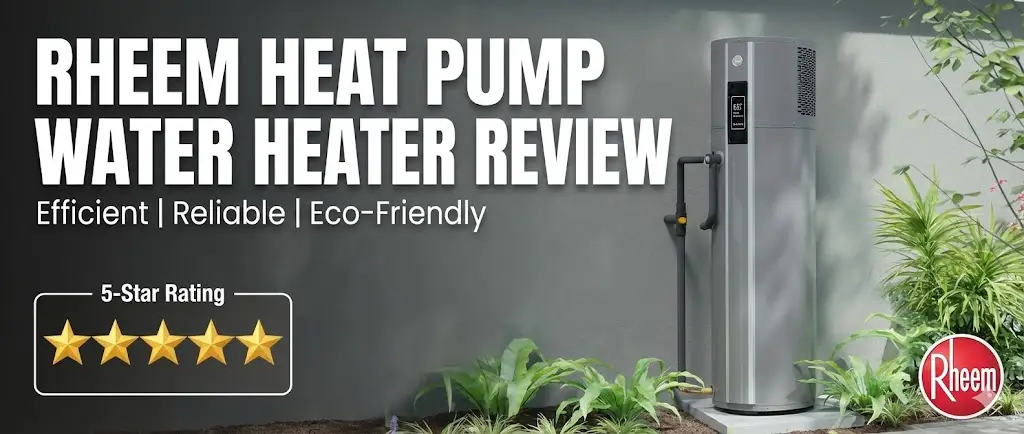
Power bills linked to heating water have long been a silent killer of household budgets, consistently ranking as the second-largest […]
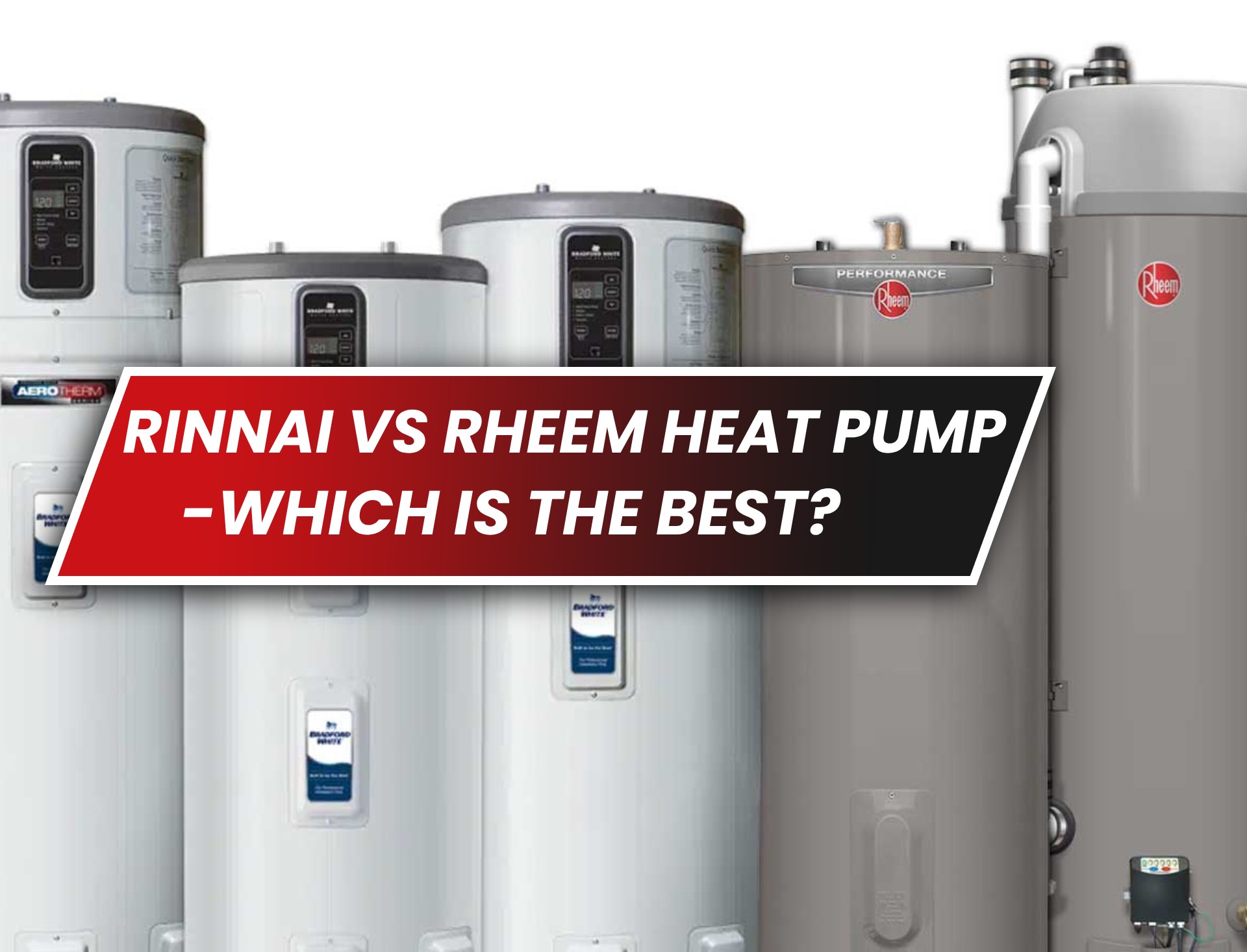
Deciding between Rinnai vs Rheem heat pump water heaters in Australia can be challenging, as both products have specific strengths adapted to the differing needs of a household.
To determine which is better between Rinnai and Rheem, let’s go head-to-head with two of their top competing models: The Rinnai Enviroflo and the Rheem Ambiheat HDc-270.
We’ll base our comparison on their unique features, performance, eco-friendliness, and value, helping you make a fair judgment.
| Feature | Rinnai Enviroflo | Rheem Ambiheat HDc-270 |
| Capacity | 250L or 315L | 270L |
| COP | Not specified | Up to 4.5 |
| Energy Savings | Up to 75% | Up to 73% |
| Refrigerant | R290 (Low GWP) | R-134a / R-513a (Higher GWP) |
| Noise Level | Quiet operation | Comparable to other premium heat pumps |
| Smart Features | Not specified | Smart LED controller display |
| Warranty | 7 years (cylinder), 3 years (compressor), 1 year (components) | 7 years (cylinder), 3 years (sealed system), 1 year (parts & labor) |
| Price Range | Approximately $3,000 – $4,000 | $3,521.19 – $3,849.19 (installed) |
| Environmental Impact | Low (due to R290 refrigerant) | Higher (due to R-134a / R-513a refrigerants) |
Heat pump water heaters are one of the most energy-efficient hot water solutions available in Australia today.
Their efficiency is rated by the Coefficient of Performance (COP), which measures how much heat energy is generated per unit of electricity used.
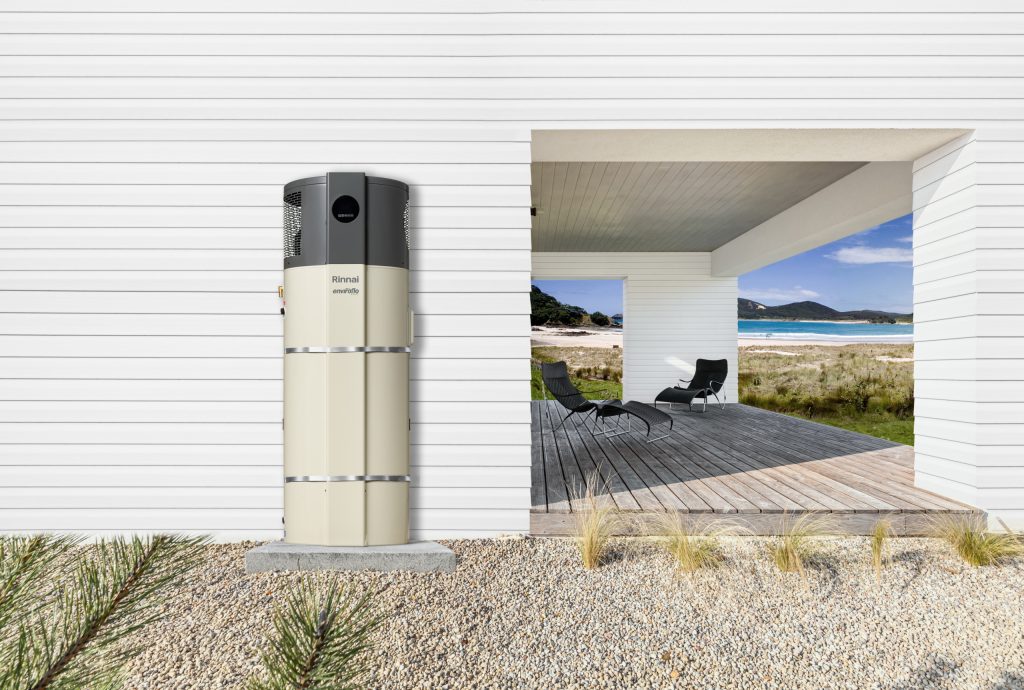
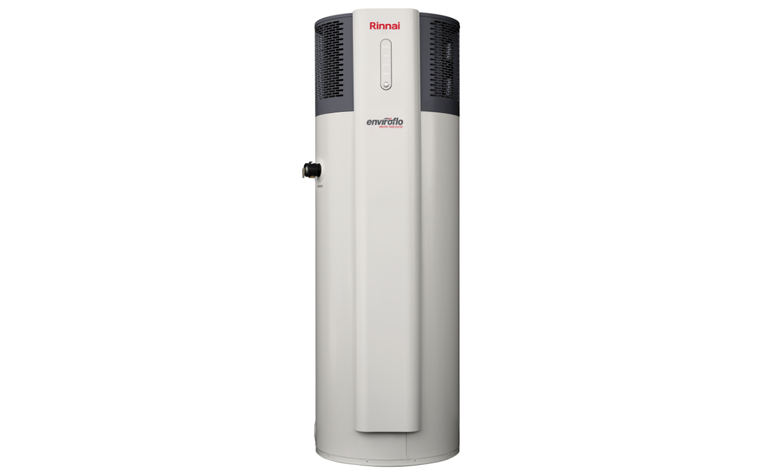
The Rinnai Enviroflo boasts up to 75% energy savings over conventional electric water heaters.
Although it does not specifically state its COP on the product page, such a high energy saving indicates a COP of between 3.5 and 4.0, according to ambient temperature and conditions of use.
In colder Australian climates like Melbourne, Hobart, or Canberra, COP can fall during winter, but the unit is built to function efficiently through a variety of temperatures.
One of Rinnai’s most impressive eco-friendly aspects is the utilisation of R290 (propane) as its refrigerant.
R290 boasts an ultra-low Global Warming Potential (GWP) of only 3, while R-134a’s GWP is 1,430.
This significantly decreases the environmental footprint if the refrigerant is ever leaked into the atmosphere.
The unit is also relatively silent, something that is important in urban or suburban residences where closeness to bedrooms or neighbouring houses is of concern.
Due to its very efficient operation and design, favourable in both warm and cold climates, the Enviroflo is a perfect match for most areas of Australia.
Users in colder states, however, may notice lower efficiency during winter unless the unit is placed in a warmer or enclosed space.

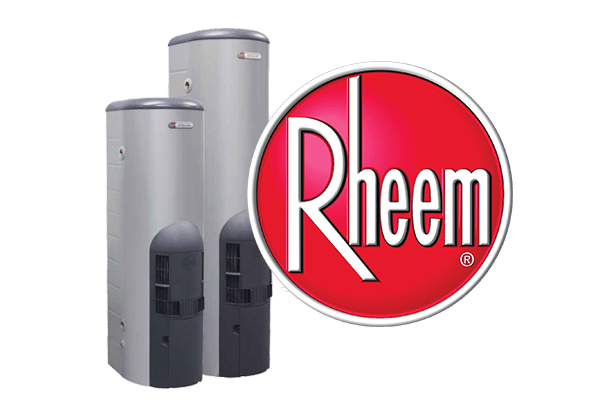
Rheem explains that the Ambiheat has up to 73% energy savings and a COP of up to 4.5, among the highest in its class.
This translates to it generating up to 4.5 kWh of heat energy for every 1 kWh of electricity it uses.
This is especially useful in hot regions of Australia, such as Brisbane, Sydney, and Perth, where ambient air temperature is more likely to be above 10°C.
The Ambiheat utilises R-134a and R-513a refrigerants, which are good at heat transfer but contain much higher GWPs compared to R290.
Rheem’s system may be sealed and secure in operation, but when they leak or are not disposed of properly, these refrigerants release more greenhouse gases than R290.
Ambiheat is a bit noisier because of its stronger compressor and larger fan system.
Though not very loud (at about 48–50 DBA), it might be more audible in quiet backyards or indoor settings.
With its strong microchannel heating technology and intelligent defrost mode, the Ambiheat works well even in cold climates such as Victoria and Tasmania, where most heat pumps would often falter.
This makes it a great option for Australians living in varied weather zones.
Installation and upkeep are paramount to the operation and life of a heat pump water heater.
Although both units need professional installation, differences in weight, configuration, and system complexity can affect cost and ease of installation.
The Enviroflo is commended for being lightweight and compact, which makes it easier to handle, particularly in small areas such as side yards or apartment buildings.
This can save on labour costs and time on the site.
Its ability to fit on existing electric water heater footprints also positions it as a suitable replacement solution.
It has a pressure rating of 1000 kPa, meaning it can take a higher pressure of water than is prevalent in some inner-city Australian homes.
It is also flexible with plumbing fittings, supporting a variety of plumbing layouts without needing extensive adjustments.
The R290 refrigerant system has to be serviced by licensed technicians because it is flammable (though safe under proper handling).
Routine service involves cleaning the air intake, valve checks, and electrical connection inspection.
Nevertheless, Rinnai units are highly reliable, and problems are not very common if they are properly maintained.
Since it is a well-established brand in Australia, Rinnai possesses adequate parts availability and a large network of approved service technicians, hence long-term support is readily available.
Rheem has made the Ambiheat a “plug-and-play” solution to replace conventional electric hot water systems.
The device employs conventional electric water heater connections, which facilitates retrofitting into existing homes much simply and in many cases less expensively, particularly in areas with established older housing stock such as inner-city Sydney or Melbourne.
The tank is anodised for corrosion protection and glass-lined, ideal for a range of water types from slightly acidic or mineral-infused water, found in certain areas of South Australia and Queensland.
This increases its hardness in water chemistry issue-prone areas.
The Ambiheat’s sealed system needs little attention, but as with all heat pumps, servicing on a regular basis every 1–2 years will pay dividends.
This involves cleaning filters, checking fans and coils, and checking system pressure.
A useful benefit is the smart LED controller, allowing diagnostic warnings and usage monitoring, thus enabling homeowners to notice problems early.
Rheem is Australia’s most reliable water heater brand, with a history spanning more than 80 years.
Its huge network of technicians and spare parts ensures that even remote or old homes can have speedy assistance.
Rinnai Enviroflo costs between $3,000 and $4,000, making it an affordable option for individuals looking for energy efficiency without a steep initial price tag.
The Rheem Ambiheat, being a bit pricier, has features and is a highly reputed brand.
Its price is between $3,521.19 and $3,849.19, with installation costs.
Both models might be eligible for government incentives, like the Small-scale Renewable Energy Scheme (SRES), which can reduce the upfront expenses.
The Rinnai Enviroflo has had variable reviews, averaging 3.3 out of 5 stars from 9 genuine reviews on Australia’s largest opinion site ProductReview.com.au.
On the same site, Rheem Ambiheat has achieved excellent reviews, achieving a good rating of 4.8 out of 5 stars from 39 genuine reviews.
It has also won the Canstar Blue Innovation Excellence Award in 2023, an award that demonstrates its dedication to quality and innovation.
Both Rheem Ambiheat HDc-270 and Rinnai Enviroflo are efficient heat pump water heaters appropriate for Australian homes.
Finally, select either Rinnai or Rheem based on your particular household requirements, budget, and environmental needs.